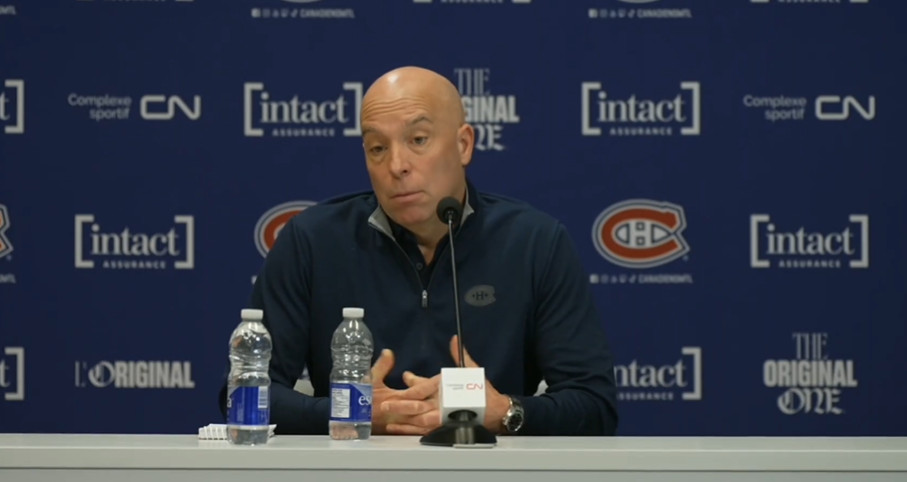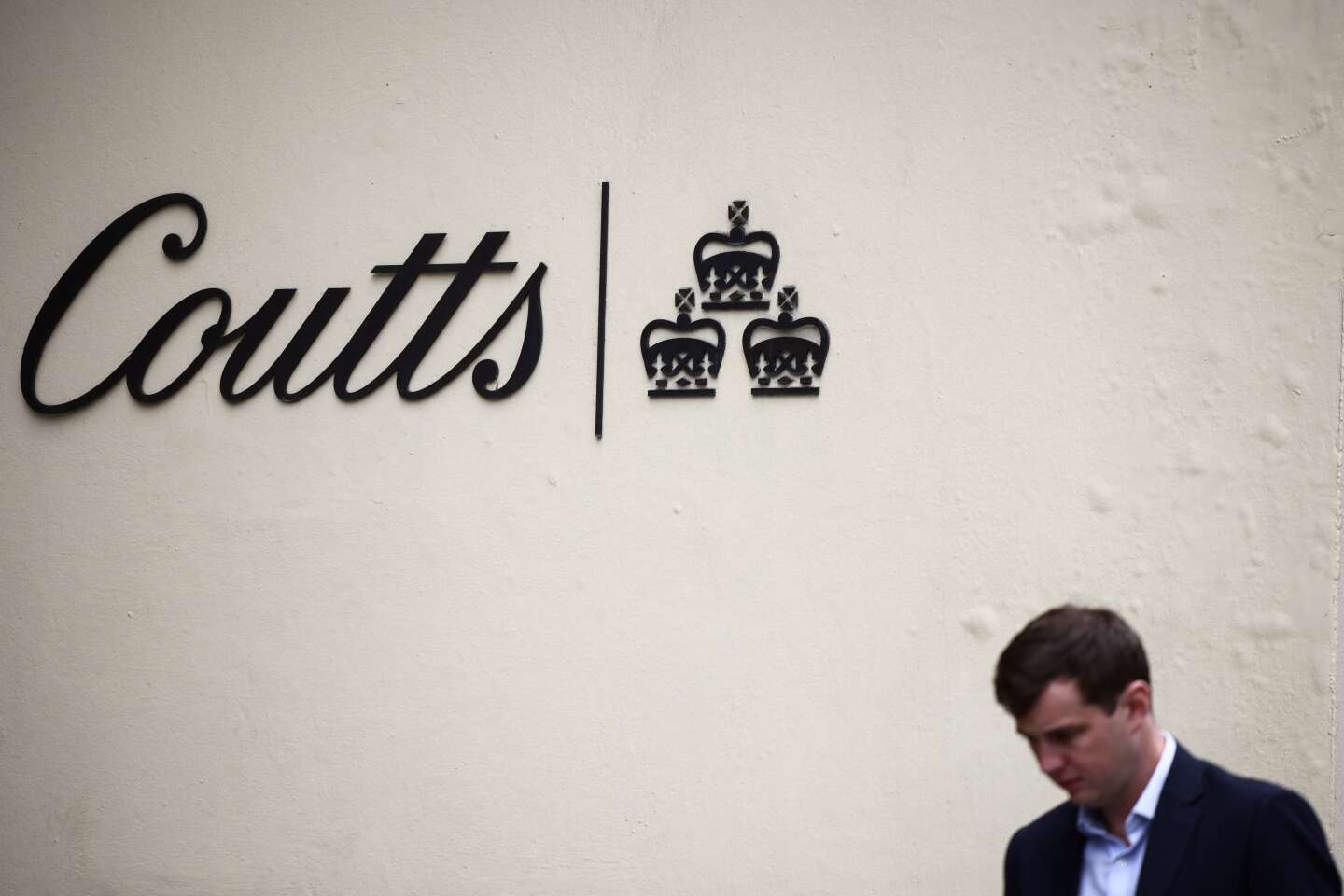Maison Henri Poincaré, the first museum in France dedicated entirely to mathematics and its applications, opens its doors to the public on September 30 in the 5th arrondissement of Paris. Thanks to interactive digital wizards and devices, visitors will “see, hear and touch” science. Complete program.
“You have to be curious about everything.”says Patrice Le Gall, physicist and research director at the National Center for Scientific Research. “Curiosity is wondering how things work. It is the path that leads to knowledge.” “We often keep the idea of mathematics a bit strict even though it is fun.”He explains“That’s why the Math Museum exists, and we’re going to show that we can have a good time.”
We often keep the idea of mathematics a bit too rigid, even though it’s fun
Patrice Le Gall is an American physicist
“Be able to predict”This is what fascinates the physicist. He is preparing for a conference on singularities in finite time. “When you pick up a ping pong ball and drop itOn a table. You’ll hear tick, tick, tick, tick, and the interval between each time you reach the table will decrease.” “You’ll be jumping lower and lower, so you’ll be on the ground more quickly,” he explains. “We can show mathematically when the rebound will stop.”“, says Patrice Le Gall.
“There is a uniqueness[…]“The frequencies will be bigger and bigger, and the number of bounces will be infinite, in theory, but at a given time, we know that n seconds pass after the ball is released.” “I find it fascinating that we can predict that.”The physicist rejoices.
According to him, learning mathematics requires illustration by example. “When we are curious, we learn, we act, and we push boundaries.”
He has been wanted by former MP and mathematician Cedric Villani for about ten years. The museum covers an area of 900 square meters in the Jean Perrin building of the Institut Henri Poincaré (IHP). An international research center affiliated with the National Center for Scientific Research and the Sorbonne University.
Patrice Le Gall contributed to the creation of the educational project. Director of Research at the Institute for Non-Equilibrium Phenomena Research, He developed a prototype of a series of double pendulums to illustrate the concept “Solito.”
Soliton “It is a single wave that propagates without distortion in a nonlinear, dispersive medium.” The researcher explains. Soliton transport may explain why a tsunami originates from an earthquake on one Pacific coast and has effects on the opposite coast. The rig, which will be installed soon, is determined by the museum director.
The museum project aims to make mathematics accessible to everyone and, why not, encourage careers. The museum opens “In a context where societal issues surrounding mathematics have become more present than ever before,” Remembers IHP Director Sylvie Benzoni, who brought the Cédric Villani project to fruition.
“For a year or two, mathematics has been at the forefront, because of secondary school reforms and because French students do not do well in international tests.” By reintroducing mathematics to the Common Core in high school, “The Ministry noted that this is a societal issue.” as “Very few students go towards scientific careers“. “We want to contribute to raising the general level of sports culture in France, which is a very modest or even low level.”Says.
Enables you to unblock those who were put off by this topic
Sylvie Benzoni, Director of the Henri Poincaré Institute
“Our idea is to bring schoolchildren and the public into dialogue with researchers who join our institute.” Says mathematician and professor at the University of Claude Bernard Lyon 1. “To open a place that allows everyone, especially students, to see mathematics as they don’t see it in school and perhaps be able to unblock those who are averse to the subject,” Hope, Sylvie Benzoni.
Launched in 2011, and after postponing its opening several times, the Museum of Mathematics wants to make people love a field known for its austerity. His goal “Show math in action”, “see, hear and touch” it through videos, games, wizards and audio devices, Determines IHP.
“The satellite, the Romanesco cabbage, the wheeled suitcase, the bicycle wheel, all these things you see are part of our daily life.” says Sally Sicardine, scientific mediator. “These things will serve us in clarifying mathematical principles or theories.” indicate.
Throughout the visit, by relating mathematics to everyday objects or problems, the mediator attempts to arouse visitors’ curiosity.
With a soccer ball in hand, she questions the audience and makes them think about the shapes it is made of. “To make a round ball, you need both hexagons and pentagons,” She explained, “Because if there was only one or the other we wouldn’t be able to sew them together.” After giving visitors time to think and provide explanations, the solution is presented. “It’s a plane paving problem, and my soccer ball is not a plane, it’s a round surface.” To explain her theory, she puts it into practice. I placed pentagons and hexagons on a curved surface and showed that in order to connect the corners of the hexagons and pentagons that form a sphere, it is necessary to alternate the pentagons and hexagons. Demonstration by example!
The museum is located in what was the former laboratory of Jean Beren, winner of the Nobel Prize in Physics in 1926 and creator of the Center National de la Recherche Scientifique and the Palais Decoration. Over 600 square metres, seven permanent exhibition halls are presented (Connect, Be, Invent, Model, Share, Visualise, Breathe). Visits with a broker require a reservation but you can visit the museum on your own thanks to explanatory posters.
Inside the museum, visitors discover the history of mathematics on all continents, the method of scientists and the impact of this discipline on our society. in the hall “sharing”, The optical map allows you to visualize the main discoveries of researchers and determine their location on the world map.
Ancient but also modern mathematical relics. Thus, Maya Codex No. 13H The century shares this part of the globe with a recent discovery, in 2020. That young PhD student who demonstrates this “The Conway node is not adjacent.”
To demonstrate the ubiquitous presence of mathematics in our daily lives, the museum is installing an interactive game “Bring your sheep“. It invites visitors to search for the best solutions to facilitate the exit of sheep from their pen. The aim, through simulation, is to understand the movement of crowds in real life.
The study of collective movements is a subject that combines biology, physics, mathematics and computer science. This involves trying to understand or even reproduce the movements of schools of fish, flocks of birds, swarms of insects or even colonies of bacteria, the broker explains.
Other experiments are presented. An immersive audio experience in mathematical language with A “The Formula Whisperer.” Elsewhere, the audience is invited to understand the composition of sound. Visitors can listen to sounds and their variations under different influences, while visualizing them in form “Spectral”. The mathematical tool behind this device is “Fourier transform”, It determines the medium, which makes it possible here to divide sounds into frequencies, the higher the sound.
The history of mathematics has transcended the great figures in mathematics of today and yesterday, such as Jean Perrin and Yvette Couchois who ran the Physical Chemistry Laboratory for 25 years. The younger generation keen on mathematics is also represented. Three young mathematicians are highlighted.
David Loabry, Ph.D., is a physicist known for his work promoting science through his YouTube channel Amazing science. Adam OroTo deploy optical fiber for a large communications group. Or Tadashi Tokida, a mathematician who practices a playful approach to science based on manipulating simple objects or games.
Maison Poincaré still has other cards in its game, and at the same time it will organize temporary exhibitions, conferences and workshops. The first thematic exhibition will be “Enter the world of artificial intelligence, An interactive exhibition about artificial intelligence intended for audiences aged 12 years and above.
Next, the Holo-Math mixed reality experience, the first episode will focus on Brownian motion, which is a physical phenomenon and a mathematical concept at the same time… So, if you’ve always been a sucker for math, and haven’t understood the benefit of math lessons, (maybe) you’ll be done Create this museum especially for you.
- House Poincaré11 rue Pierre and Marie Curie, Paris VH. Closed Wednesday and Sunday.

“Music guru. Incurable web practitioner. Thinker. Lifelong zombie junkie. Tv buff. Typical organizer. Evil beer scholar.”







/regions/2023/09/26/tableau-lumineux-6512f585c6cd9485695926.jpg)
/regions/2023/09/26/salle-devenir-portrait-de-chercheurs-6512f4889ee76692278852.jpg)
More Stories
Boeing cancels the launch of the Starliner spacecraft, a new setback for the American manufacturer
BRACE CLINICAL STUDY: In Bed for 60 Days for Science!
In Nice, the patient is vaccinated six times on the same day, and the University Hospital is cleared by the State Council